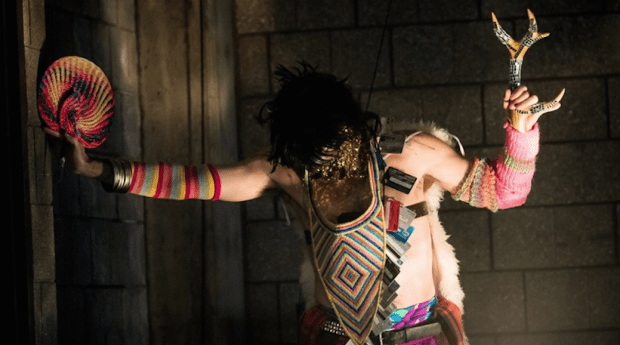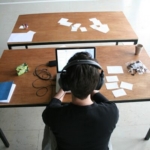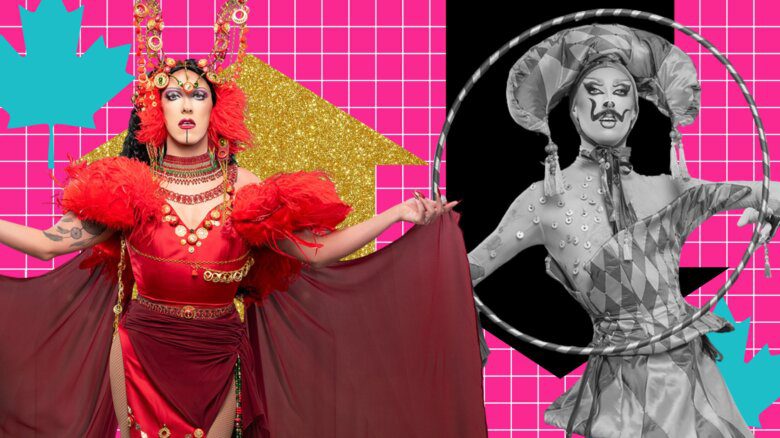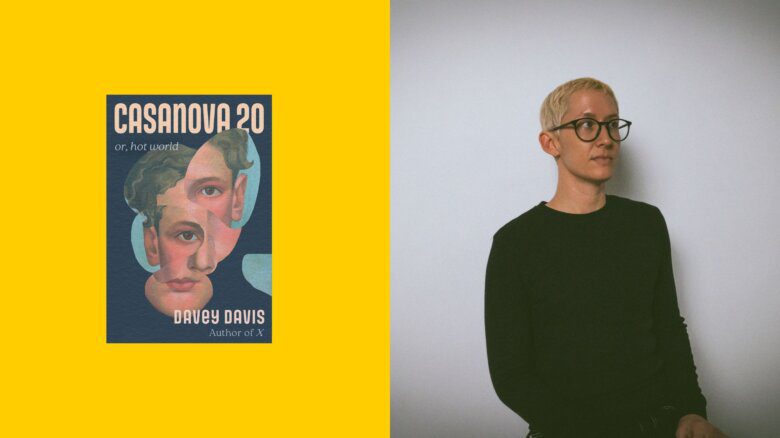Keith Hennessy is not a bear, he just plays one on stage. The lanky San Francisco-based dancer has frequently explored ursine figures in his work. But for his current project Bear/Skin he’s literally inhabiting the character, thanks to his local Salvation Army.
“There’s a Sally Anne not far from my building and I stop by all the time looking for props, costumes, and furniture,” he says. “One day I was there and saw this enormous stuffed bear. Something clicked and I thought if I emptied out the contents I could fit inside.
“I’ve been using teddy bears in my work for a long time to explore themes around adults refusing to grow-up and the constructed innocence of the American psyche. But this is the first one where I actually become the teddy bear. I’m not totally sure what it means yet.”
In Hennessy’s hands, the fuzzy symbol of childhood morphs into a multi-layered metaphor for interactions between indigenous and settler cultures, rising European nationalism, and urban gentrification. The show also incorporates elements from Rite of Spring, the 1913 collaboration between Igor Stravinsky and Vaslav Nijinsky. While it initially drew often-hostile reactions from both audiences and critics, the work has since become the dance-world’s Hamlet, having been reinterpreted thousands of times by choreographers around the globe in the century since its premiere.
Part of an early-Modern trend which saw artists in many disciplines turn to indigenous cultures for inspiration, Rite of Spring can been seen simultaneously as a choreographic revolution and a naïve appropriation of pre-Christian cultures in Russia. As both a follower of various tracts of feminist and neo-pagan spirituality and a dance historian, Hennessy sought in part to reconcile his relationship to the work.
“We can look back at the foundations of Modernism in art and to see them completely intertwined with what we now consider to be cultural appropriation and white supremacist ways of thinking,” he says. “At the same time they put in motion a set of practices and perspectives that have defined how everything since then has developed. As someone who’s pretty obsessed with anti-racism, I’m always asking whether there’s some way out of this trap.”
Amidst this broad range of themes and references, one thing about the work that stands out is what it is not exploring; namely, the gay subculture from which it takes part of its name.
“When I first started working on it, the connection to gay bears didn’t even occur to me,” he laughs. “I had asked a graphic artist to help me with some material for the project and he immediately assumed that was the kind of bear I was looking at. But I’d literally never thought about it until that moment. I know it seems really obvious that with someone as focused on queers as I am making a piece about bears, it would obviously have some reference to that subculture. But it was totally accidental. It’s become one of the many ironic jokes of the work.”
Bear/Skin plays as part of Capitalism, Sex, and Magic
Dancemakers Centre for Creation, 15 Case Goods Lane, studio 301, Toronto
Wednesday, May 6–Saturday, May 9
http://dancemakers.org/tickets/csm


 Why you can trust Xtra
Why you can trust Xtra


